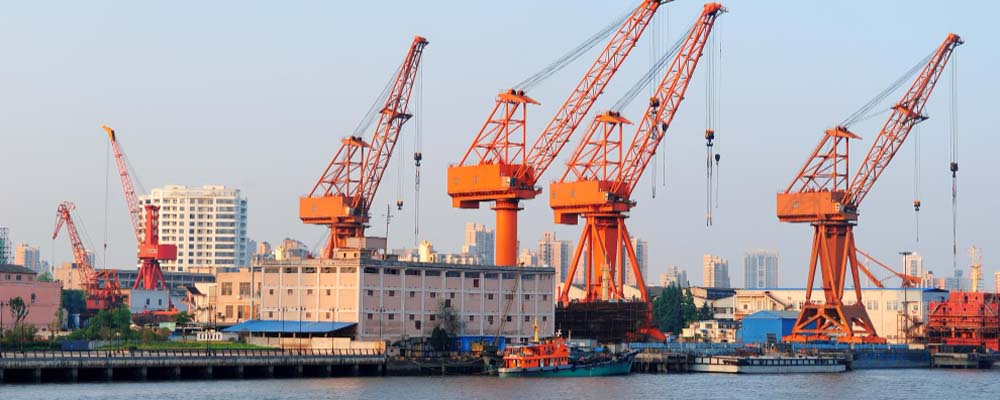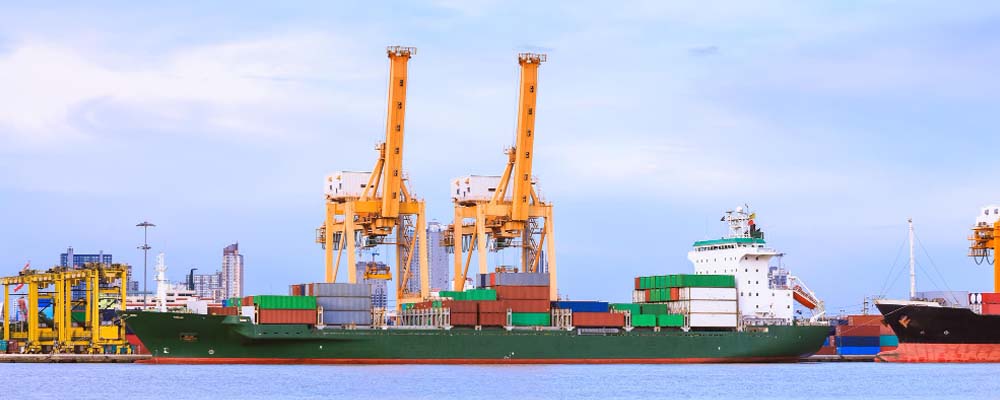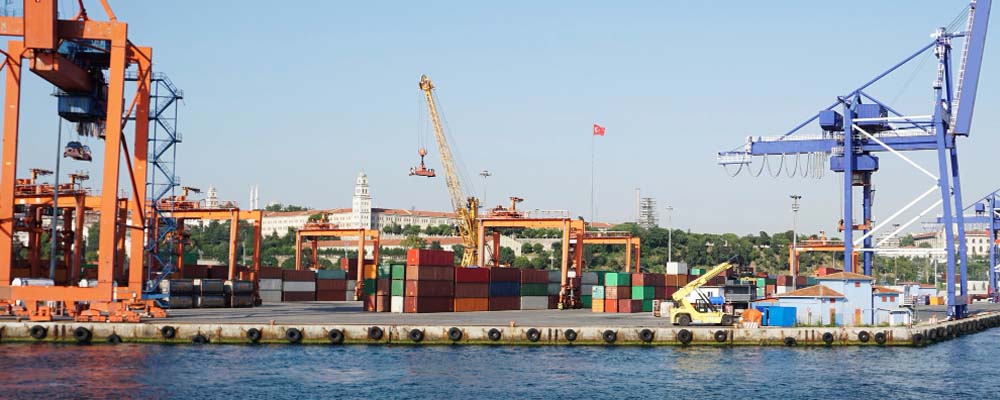
China’s ports are the lifeline of international trade, serving as significant hubs for the flow of goods to and from the world’s largest exporter of manufactured products. For businesses involved in global commerce, knowing which ports are the most significant—and why—can influence logistics strategies and outcomes. In this blog post, we’ll explore the top 5 major ports in China, detailing key information about each one and answering common FAQs to help you make informed decisions.
The Top 5 Major Ports in China
1. Port of Shanghai
A Global Leader
The Port of Shanghai remains unparalleled in its capacity and efficiency. Handling over 43 million TEUs (Twenty-Foot Equivalent Units) annually, it is not only China’s busiest port but also the world’s largest by container throughput. Its strategic location at the mouth of the Yangtze River makes it a pivotal point for international shipping routes.
Advanced Infrastructure
Shanghai features cutting-edge facilities, including automated terminals and deep-water berths, capable of accommodating the largest vessels. Its robust infrastructure supports quick turnaround times, making it a preferred choice for many global shippers.
Economic Impact
The port significantly contributes to the local and national economy by facilitating trade worth billions of dollars. It serves as a crucial hub for exports ranging from electronics to textiles, thereby boosting China’s trade surplus.
 2. Port of Ningbo-Zhoushan
2. Port of Ningbo-Zhoushan
Growing Significance
Ningbo-Zhoushan has rapidly ascended the ranks, handling over 31 million TEUs annually. Its importance is underscored by its role in connecting the eastern coastal region with the rest of the world.
Connectivity and Accessibility
The port excels in connectivity, offering extensive rail and road links that integrate it seamlessly with China’s hinterland. This makes it an ideal port for importers and exporters looking to minimize transit times.
Environmental Initiatives
Ningbo-Zhoushan is also a pioneer in green port initiatives, implementing measures to reduce emissions and improve sustainability. This eco-friendly approach is increasingly appealing to businesses prioritizing environmental responsibility.
3. Port of Shenzhen
A Tech Hub
Situated in Guangdong Province, the Port of Shenzhen is synonymous with innovation. Handling around 27 million TEUs annually, it is a critical gateway for high-tech goods, including electronics and machinery.
Multiple Terminals
Shenzhen’s port complex is divided into several terminals, each specializing in different types of cargo. This specialization enhances operational efficiency and allows for tailored services.
Strategic Importance
Its proximity to Hong Kong and integration into the Greater Bay Area make it a strategic node in global supply chains. The port’s advanced logistics capabilities further strengthen its position as a critical hub for international trade.
4. Port of Guangzhou
Historical Significance
Guangzhou, one of China’s oldest ports, continues to thrive, handling over 23 million TEUs annually. Its deep historical roots have evolved into a modern marvel of maritime logistics.
Comprehensive Services
The port offers a wide range of services, from container handling to bulk cargo management. This versatility makes it a go-to port for diverse shipping needs.
Regional Integration
Located in the Pearl River Delta, Guangzhou benefits from its integration with regional economic zones. This enhances its ability to serve as a transshipment hub, connecting various parts of Asia with global markets.
5. Port of Qingdao
Northern Powerhouse
The Port of Qingdao, handling over 21 million TEUs annually, is a vital gateway for northern China. Its strategic location on the Yellow Sea makes it a key player in trans-Pacific trade routes.
Technological Advancements
Qingdao is at the forefront of technological innovation, with automated terminals and advanced tracking systems that streamline operations. These innovations translate into reduced lead times and increased reliability for shippers.
Economic Contributions
The port significantly boosts the regional economy by facilitating exports of agricultural products, machinery, and chemicals. Its efficiency and capacity make it a critical component of China’s maritime infrastructure.
FAQs About Ports in China
Why are Chinese ports so important for global trade?
Chinese ports are crucial for global trade due to their strategic locations, advanced infrastructure, and high capacity for handling various types of cargo. They serve as major gateways for the flow of goods between China and the rest of the world, facilitating international commerce.
How do Chinese ports contribute to the economy?
Chinese ports significantly contribute to the economy by enabling exports and imports, creating jobs, and boosting regional development. They enhance China’s trade surplus and support the growth of various industries, from manufacturing to agriculture.
What are the challenges facing Chinese ports?
Challenges facing Chinese ports include congestion, environmental concerns, and the need for continuous infrastructure upgrades. Addressing these challenges requires investments in technology, sustainable practices, and efficient management strategies.
 Conclusion
Conclusion
China’s major ports are the backbone of its international trade, driving economic growth and facilitating global commerce. For businesses involved in logistics, freight forwarding, and international trade, understanding the significance and capabilities of these ports can lead to better decision-making and improved operational efficiency.
If you’re looking to optimize your shipping routes and enhance your logistics strategy, consider exploring these top ports in China. Their advanced infrastructure, strategic locations, and extensive connectivity make them ideal hubs for global trade.
Ready to take the next step? Connect with us to learn more about how our services can help you leverage the potential of China’s major ports for your business success.




 2. Port of Ningbo-Zhoushan
2. Port of Ningbo-Zhoushan
 Conclusion
Conclusion



